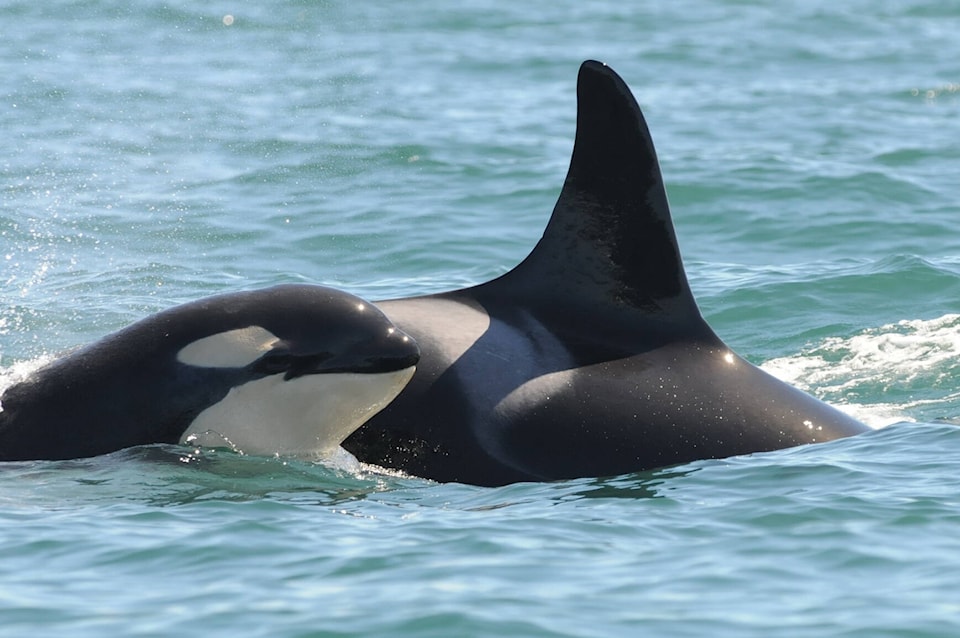L47 (Marina), a southern resident killer whale belonging to L-pod, is missing and likely dead after not being sighted by researchers since February.
The 47-year-old orca was a grandmother and matriarch, with three surviving offspring. Researchers say her death will have a profound impact not only on her family, but on her matriline’s entire social structure.
“Females, especially older females, are the glue that holds the pod together,” said Monika Wieland Shields, co-founder and director of the Washington-based Orca Behavior Institute, which researches killer whales in the Salish Sea. “We see a lot of changes in the social associations of the pod when an older female is lost.”
The institute plans to keep close watch on L47’s remaining family members to track how they respond to losing their leader, she said. “Some matrilines will stay together, even after a loss, but others will kind of fracture. We’ll be looking to see how her two daughters and her son respond in terms of who they’re associating with.”
READ MORE: Three pregnancies documented among J-pod orca whales
While L47’s adult female offspring have calves of their own and will adapt more easily to the loss, 11-year-old male L115 (Mystic) may not fare so well without his mother’s leadership.
“There’s a heightened concern about the survival of the descendants she’s leaving behind … especially her young son,” Wieland Shields said.
“He’s a juvenile whale, so making sure that he’s going to be able to survive the loss of his mother (is vital).”
According to the Washington-based Center for Whale Research, which first reported L47’s death, L115 is three times more likely to die in the next two years than a male of the same age with a surviving mother.
His lowered chances of survival – and that of other southern resident killer whales – are made all the more worrisome because of declining conditions for orcas in the Salish Sea.
“At a time when there are so few salmon and when noise and pollution are a stressor, the threats to the orca are only magnified,” said Christianne Wilhelmson, executive director of Georgia Strait Alliance, an advocacy group committed to protecting the local marine environment.
Killer whales can be identified using markings on their dorsal fins and backs. They are classified into types by appearance, diet, social structure and coastal range.
Both Bigg’s and southern resident orcas are found in the Salish Sea, and differ not only in appearance but in their chances of survival.
READ MORE: Nearly 30 Bigg’s orcas observed over long weekend in Salish Sea waters off Victoria
Bigg’s orcas hunt seals, sea lions and porpoises, and have continued to thrive off the coast of B.C., while southern resident killer whales rely primarily on chinook salmon for food. Their ability to hunt has been significantly restricted by the fish’s declining population.
Wilhelmson said restoring salmon numbers, as well as reducing noise pollution and vessel traffic, are the best ways of ensuring at-risk orcas are given the best odds of survival.
“There have been measures put in place (to protect killer whales) in the past two years that have been positive, but they haven’t been enough,” she said. “The government is unwilling to go as far as it needs to.”
With the loss of L47, and the confirmed summertime death of K-pod member K21, the Center for Whale Research said there are now 73 southern resident killer whales swimming in the Pacific.
Do you have a story tip? Email: vnc.editorial@blackpress.ca.
Follow us on Twitter and Instagram, and like us on Facebook.
